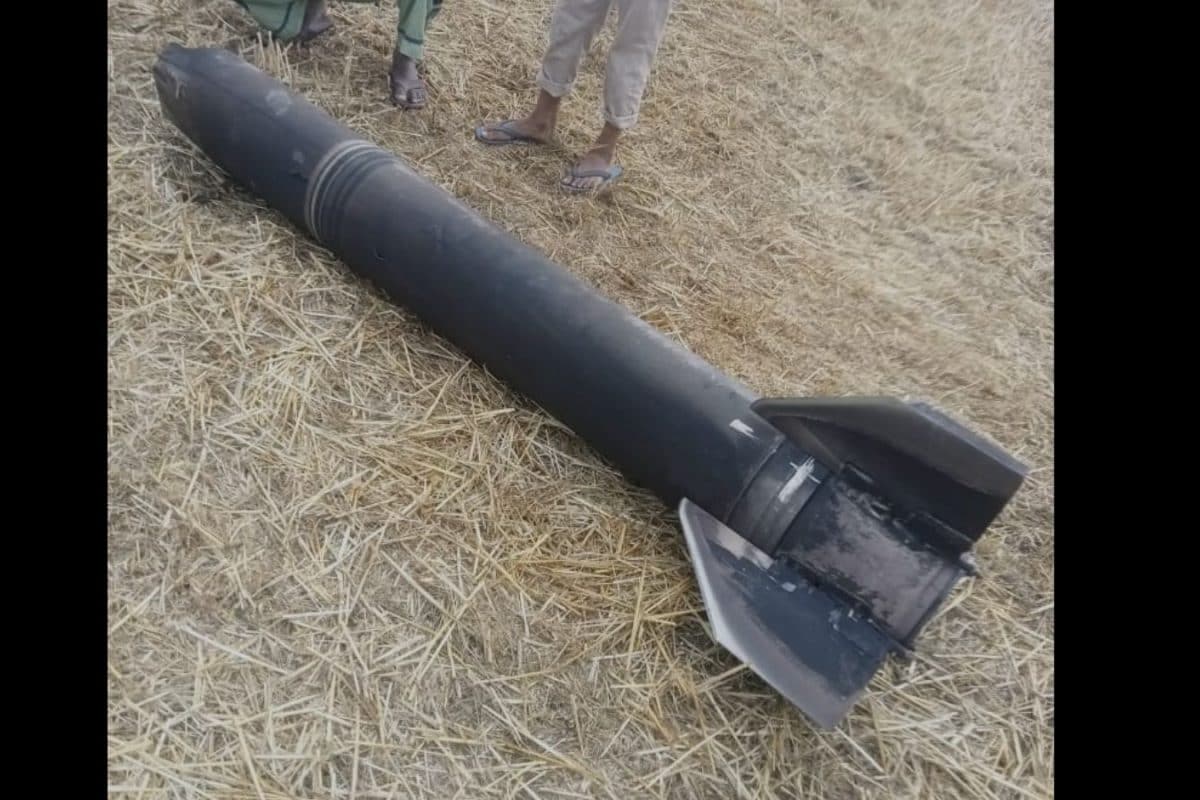

Amidst escalating tensions, a recent, exclusive report reveals that Pakistan deployed loitering munitions in an attempt to target and damage Indian radar installations; however, the Indian Air Force (IAF) successfully intercepted and neutralized these threats. This incident underscores the evolving nature of conflict between the two nations and highlights the critical role of air defense systems in modern warfare.
Loitering munitions, also known as "suicide drones" or "kamikaze drones," are unmanned aerial vehicles (UAVs) designed to loiter over a target area, identify threats, and engage them with precision. These weapons offer a distinct advantage over traditional missiles, as they can hover and wait for the optimal moment to strike, reducing the risk of collateral damage. Once a target is locked, the loitering munition crashes into it and detonates.
The specific details regarding the type of loitering munitions used by Pakistan and the targeted radar locations remain undisclosed. However, the intent behind such an operation is clear: to degrade India's air surveillance capabilities and create vulnerabilities in its defense network. Radars are essential for detecting and tracking incoming aerial threats, and any disruption to their functionality can have significant implications for national security.
The Indian Air Force's successful interception of these loitering munitions demonstrates its readiness and effectiveness in countering such threats. The IAF's capabilities likely involve a combination of advanced radar systems, interceptor aircraft, and surface-to-air missile (SAM) systems. Specific details of the interception, such as the type of aircraft or missiles used, have not been officially revealed.
This incident occurred in the broader context of heightened tensions between India and Pakistan, following the terror attack in Pahalgam that killed 26 civilians. India retaliated with "Operation Sindoor," a series of precision strikes targeting terrorist camps across the border. The operation saw the Indian Army, Navy, and Air Force deploy precision strike weapon systems, including loitering munitions, against Jaish-e-Mohammed and Lashkar-e-Taiba terror camps.
While India asserted that the strikes targeted terrorist infrastructure, Pakistan claimed that civilian areas were hit, resulting in casualties. These claims and counter-claims have contributed to a volatile atmosphere, with both sides accusing each other of violating ceasefire agreements. Pakistan also claimed to have downed several Indian jets, a claim that remains unverified.
The use of loitering munitions by both sides highlights a growing trend in modern warfare. These weapons provide a relatively low-cost and effective means of targeting critical infrastructure and enemy combatants. Their deployment also raises concerns about the potential for escalation and the need for effective countermeasures.
In the aftermath of "Operation Sindoor," Pakistan reportedly retaliated with artillery shelling across the Line of Control (LoC), resulting in further casualties. The international community has expressed concern over the escalating tensions and has called for restraint and dialogue.
The incident involving Pakistan's use of loitering munitions to target Indian radars serves as a reminder of the ongoing security challenges in the region. It also underscores the importance of investing in advanced air defense systems and maintaining a high state of readiness to deter and counter potential threats. As the situation remains tense, de-escalation and diplomatic efforts are crucial to prevent further conflict and maintain regional stability.